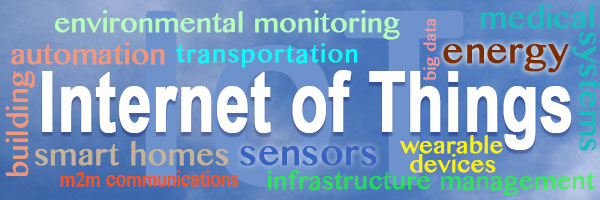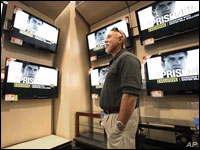Growth of the Internet of Things in broadband households extends the life, utility and functionality of all connected solutions in the home. It also puts new pressures on existing support solutions to meet consumers’ expectations.
Sixteen percent of U.S. broadband households owned a smart home device, and nearly 40 percent planned to buy a smart home product in the next 12 months, suggests a research report Parks Associates released last month. Many of those devices will be self-installed.
By their nature, smart home devices open new and ongoing demands in functionality and interoperability, which become increasingly complex with the addition of every new device. As a result, smart home devices could prompt more than 7 million support requests in 2015, and that number could grow to nearly 11 million by 2019.
Opportunities for Everyone
The connectivity typical of these devices will open new avenues for providing exceptional after-sale support and services. All companies that develop, manufacture and market these products and services can leverage this connectivity to enhance their brand, address issues proactively, and even open new revenue opportunities:
- Companies can utilize e-commerce to provide a method for consumers to add accessories, order parts, order third-party products or content, or order subscriptions, all of which drive revenue growth. In-app commerce enables a direct relationship between product manufacturer and customer.
- Support services can utilize data and analytics to improve products and services and create better value for consumers. By analyzing device data, companies gain stronger insights into usage and performance of their products, which helps them to create products that offer greater value to consumers. Utilizing data and analytics also helps companies develop a better understanding of market segments, uncovering opportunities for new revenue streams and value-added products such as content sales and subscriptions.
- Enhanced capabilities can extend functionality for consumers and ultimately alter and improve their relationship with the product. For example, consumers can monitor the status of their devices remotely, and control or program them to operate automatically, based on a series of conditional events.
- Improved connectivity can minimize service costs for providers. The ability to create more efficient product support through remote diagnostics, early failure detection and automated warranty processing significantly reduces the handle time required to address device issues. Likewise, it minimizes the resource requirements to address those issues.
Companies will need to offer more advanced tech support services as consumers begin to integrate new products into their homes. Due to the complexities of communications and interoperability, consumers will need help navigating the IoT. New opportunities will cross all device and service categories within the connected lifestyle. Companies can leverage tech support to improve the user experience and provide exceptional customer service, which will enhance their brands and promote customer loyalty and retention.
Security Concerns Will Grow
Smart products and the connected lifestyle create inherent risks for companies and consumers in terms of privacy and security. While consumers appreciate the convenience that comes with increased connectivity, they increasingly are wary of the potential risks. Nearly 60 percent of U.S. broadband households have privacy concerns about using connected devices, and media attention to instances such as hacked baby monitors and connected cars will stoke those fears, especially as the number of devices increases.
Smart home devices are able to communicate with each other and share data. Connected cars collect driver behavior data that potentially could be shared with insurance companies. Devices with cameras and microphones, such as smart TVs, can record viewed video — even personal videos — and conversations in the home.
The potential for hackers to gain access to a connected health device and change settings, or to gain access to acceleration or braking systems in cars, could lead to devastating results.Companies cannot ignore these risks and must communicate to consumers the steps they are taking to secure their devices and their data.
The smart home will not succeed without consumer confidence, and support services will go a long way toward providing that confidence, especially if companies communicate the steps they are taking to protect their privacy.
As the IoT grows and presents new opportunities, companies need to be aware of the risks and consumer concerns. They must find the sweet spot that supports both revenue generation and end-user privacy and security.





































Social Media
See all Social Media